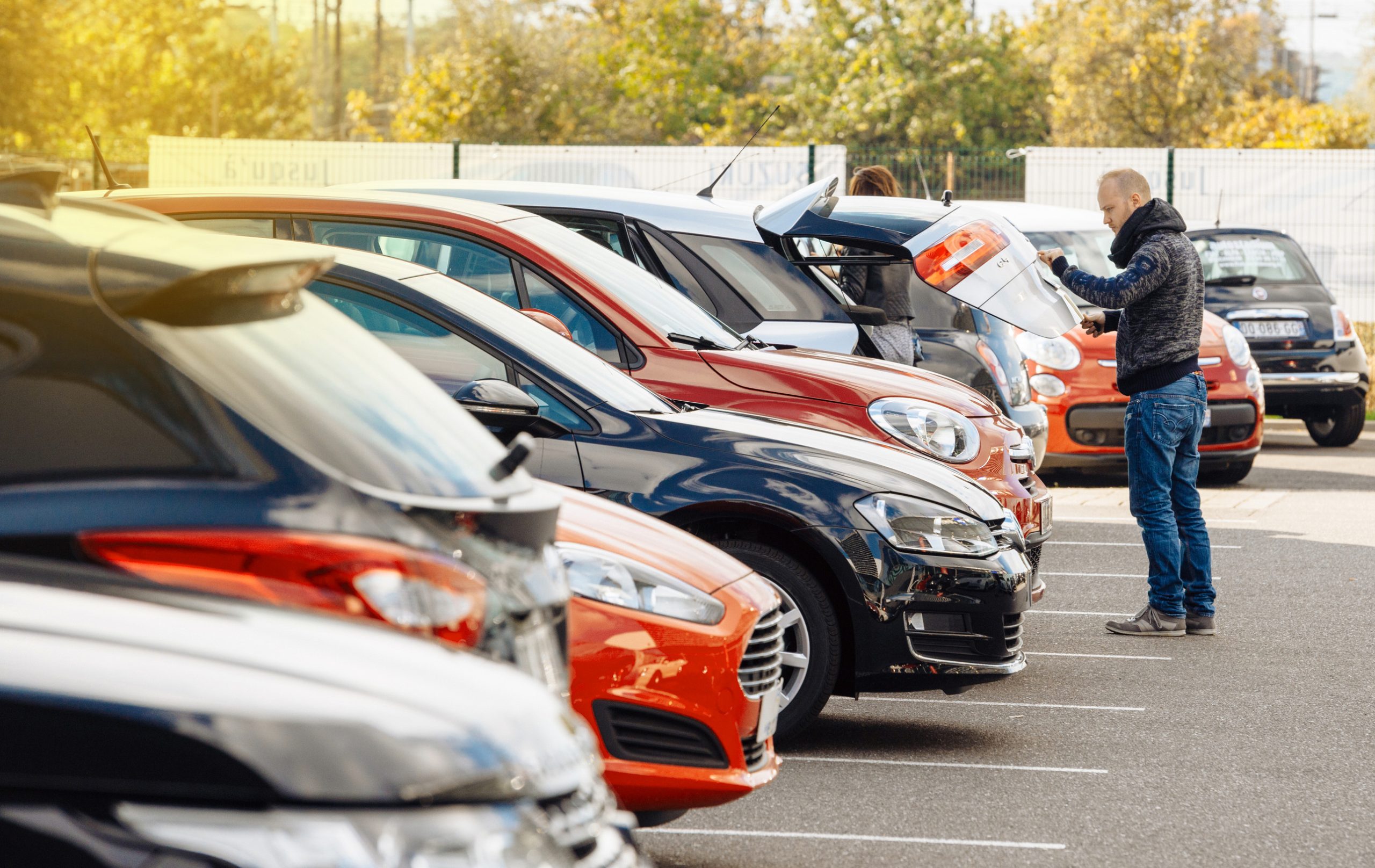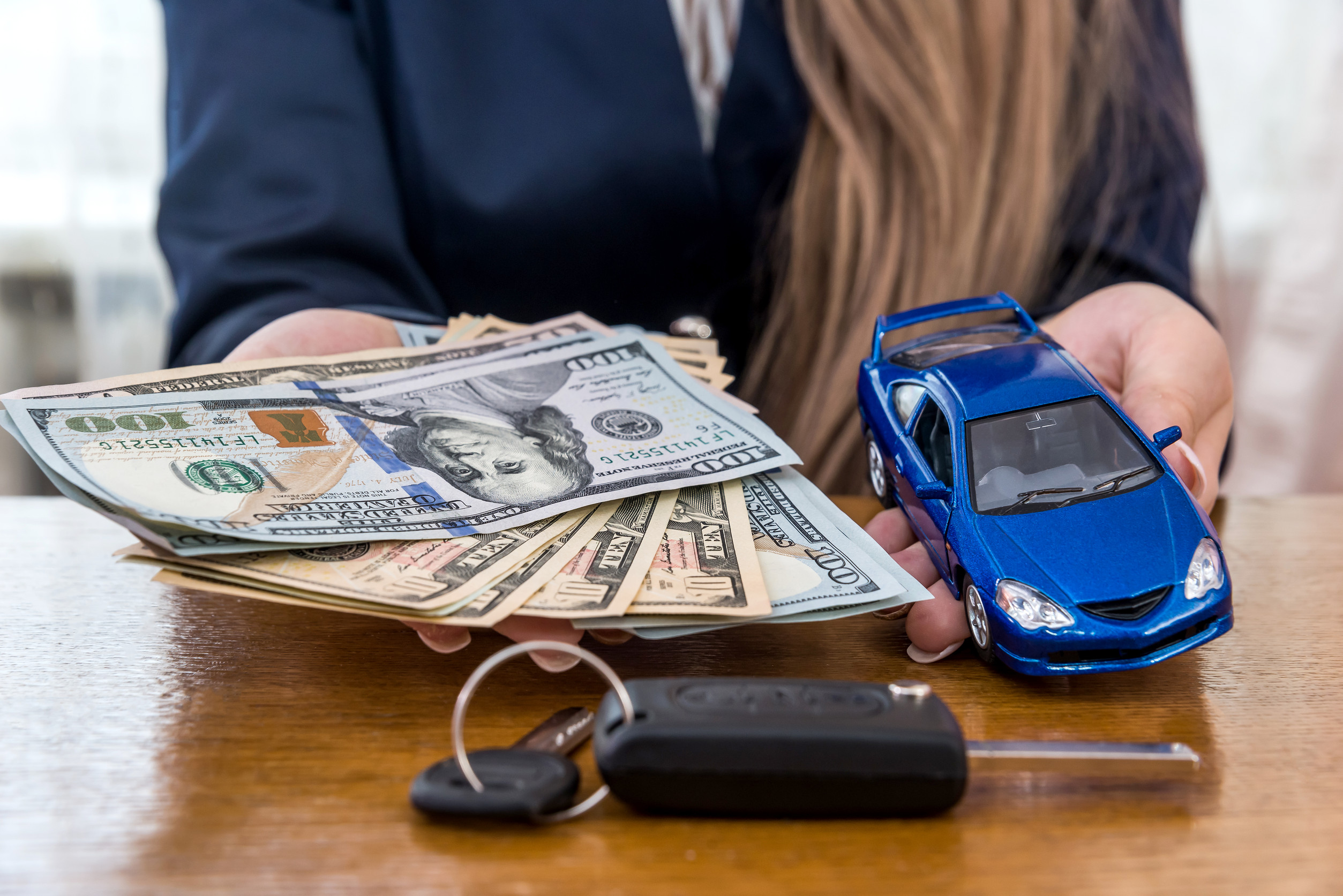A bargain used car can feel like a jackpot, the kind of deal that makes you want to brag to friends about how little you paid. The price tag looks unbeatable, and the thought of skipping hefty new car payments is tempting. But what seems like a money-saver at first glance can turn into a wallet-draining trap.
Between repair bills, fuel inefficiency, and surprise costs, that “cheap” ride may not be the hero it pretends to be. Let’s peel back the shiny “deal” sticker and see if a used car can actually end up costing more than a brand-new one.
The Upfront Price Is Only the Beginning
A low sticker price is just the first chapter in the car ownership story. A used car might save thousands at purchase, but the long-term costs can flip the script. New cars often include warranties that shield owners from expensive early repairs, while used cars are left exposed. Even something as basic as worn brakes or bald tires can quickly wipe out the savings of buying used. That initial bargain could be bait for a much more expensive ride.
Repairs Don’t Just Add Up—They Snowball
Older vehicles naturally carry more wear and tear, which means more trips to the mechanic. What starts as a simple fix can trigger a chain reaction of other repairs. A failing alternator can lead to battery trouble, and worn suspension parts often expose deeper issues. Each visit to the shop not only drains the bank account but also eats into time and peace of mind. Repairs have a way of compounding until the car feels like a money pit on wheels.
Fuel Efficiency Can Break the Bank
Gas mileage is another hidden cost that stacks against used cars. Newer models are built with stricter efficiency standards, saving owners real money at the pump. An older SUV or sedan can guzzle fuel at twice the rate of its modern counterpart. Over several years, the difference can add up to thousands quietly disappearing from a budget. Fuel costs aren’t flashy, but they hit hard month after month.
Insurance Isn’t Always Cheaper
It’s easy to assume used cars come with lower insurance premiums, but that’s not always the case. Factors like repair costs, accident history, and theft risk can inflate premiums on certain older models. New cars often have advanced safety features that reduce risk and earn discounts. Even insurers know that outdated safety tech means higher odds of bigger payouts. The result is that insuring a “cheap” ride may not feel so cheap after all.
Safety Features Carry a Price Tag Too
Technology evolves fast, and safety is one of the biggest areas where new cars shine. Features like automatic braking, lane assist, and blind-spot monitoring aren’t just perks—they can prevent accidents and lower costs in the long run. Older cars often lack these safeguards, leaving drivers vulnerable. Repair bills after a crash can dwarf the savings of skipping modern safety features. Sometimes paying upfront for safety ends up being the more affordable choice.
Depreciation Isn’t Always the Villain
Depreciation gives used cars their bargain appeal, but it’s not the whole story. A new car loses value the moment it leaves the lot, but its predictable depreciation curve can make budgeting easier. Used cars may seem stable, but if major repairs surface, resale value tanks. In some cases, that older car could lose value faster than a well-maintained new one. Depreciation doesn’t just measure worth—it influences future costs, too.
Financing Can Flip the Math
Loan terms for new cars tend to be more favorable than those for used cars. Lenders see less risk in newer models, which often translates into lower interest rates. Stretching a high-rate loan over years can inflate the total cost of a used car dramatically. Meanwhile, manufacturer incentives on new models can bring monthly payments surprisingly close. Financing isn’t just a footnote—it can rewrite the cost equation.
Downtime Costs More Than Money
Breakdowns don’t just hurt the bank—they disrupt life. A car stuck in the shop means missed work, delayed plans, and paying for rental cars or rideshares. The inconvenience of constant downtime has real financial and emotional weight. New cars with warranties often keep drivers on the road instead of waiting for parts. When time is money, reliability is priceless.
When a New Car Wins the Long Game
Not every used car is a bad investment, but the risk is higher than many buyers realize. A new car, though pricier upfront, offers stability, efficiency, and peace of mind. Over years of ownership, those advantages often balance out or even outweigh the savings of buying used. The long game isn’t just about spending less—it’s about getting more value. Sometimes, the smarter financial move is also the newer one.
The Real Cost of “Cheap”
A cheap used car may look like a shortcut to saving money, but the hidden costs can turn it into a trap. From repairs to insurance and everything in between, the math often tilts in favor of newer vehicles. While not every used car is doomed, buyers who ignore the long-term picture risk paying more than they bargained for. Smart shopping means looking past the sticker price and seeing the full road ahead.
What’s your take—would you gamble on a bargain used car, or pay upfront for the certainty of new?
You May Also Like…
Why Do Rich People Buy Cheap Cars While Middle-Class Families Don’t?
The Quiet Trend of Seizing Cars Before the Will Is Finalized
Could Owning a Pet Actually Cost You More Than a New Car?
Why Are Used Car Warranties Generating More Complaints Than Ever
Invest in Your Future: Building a Career in the Automotive Industry


